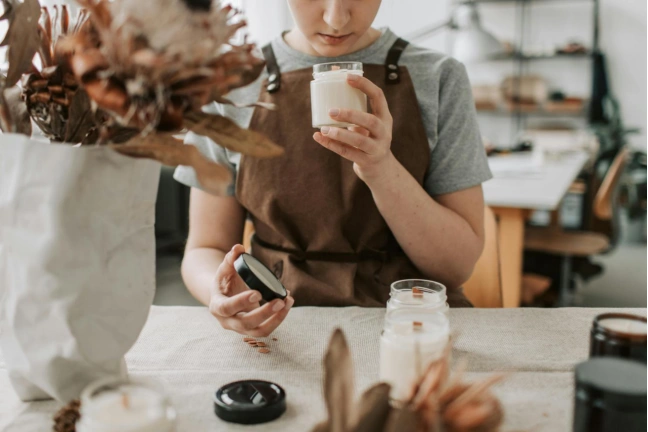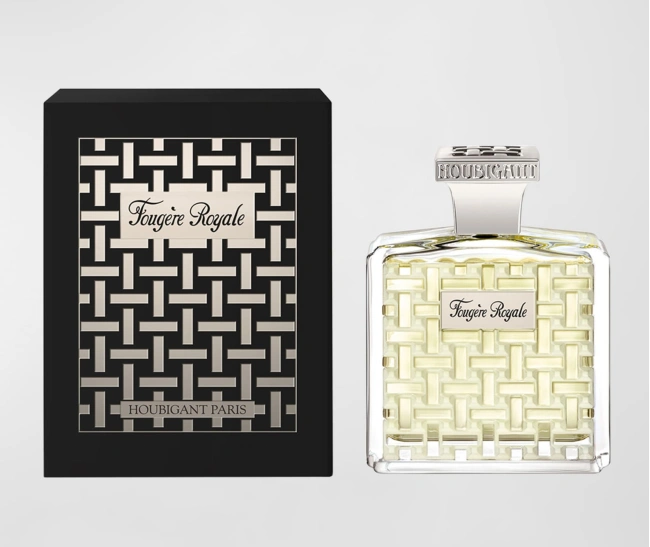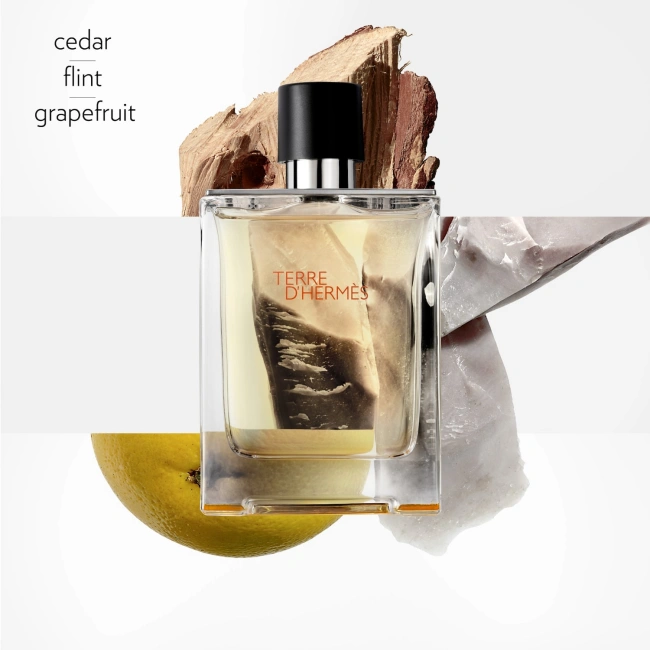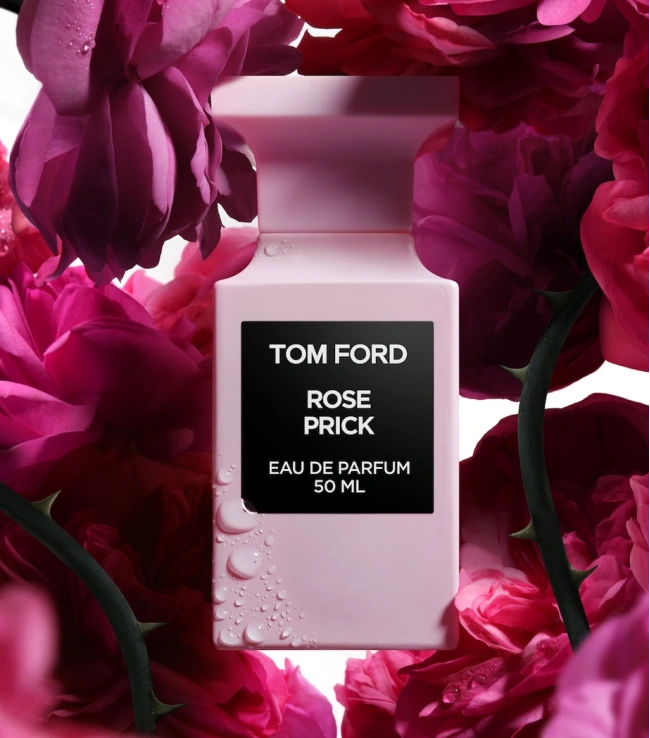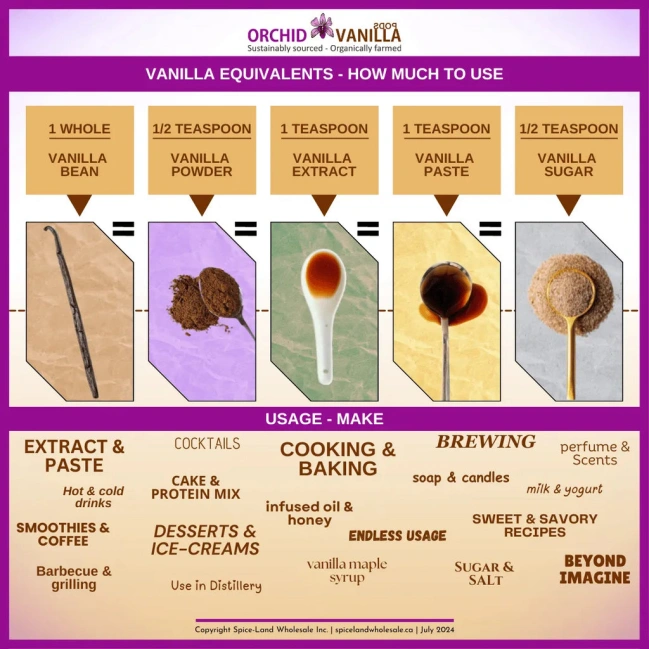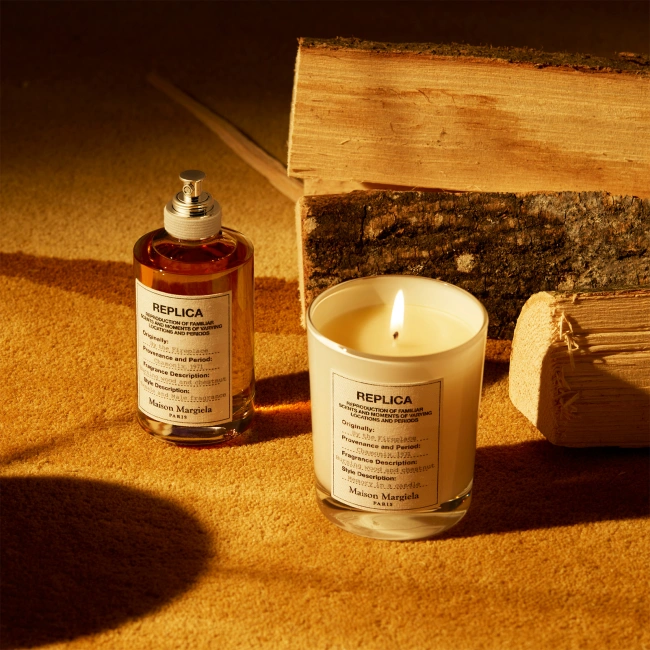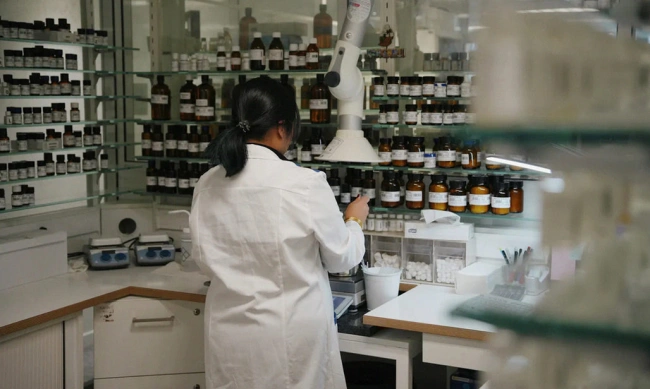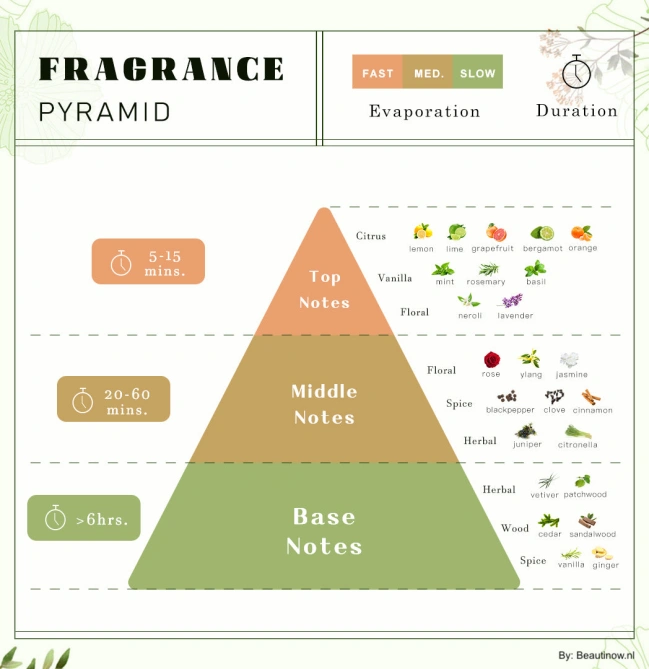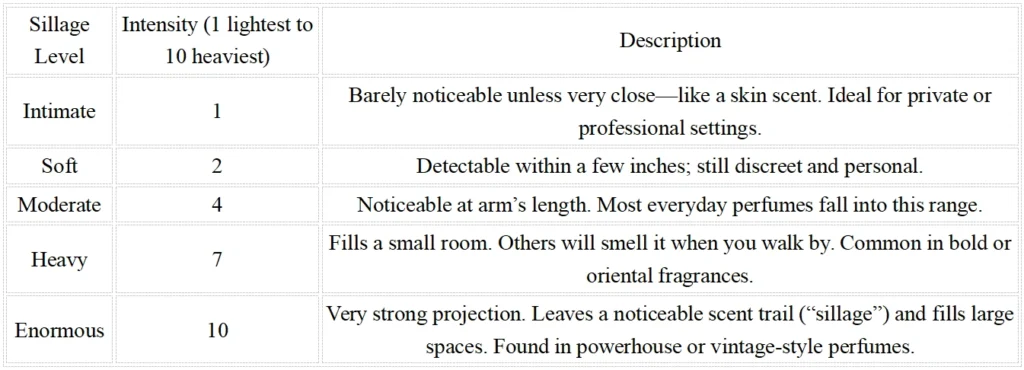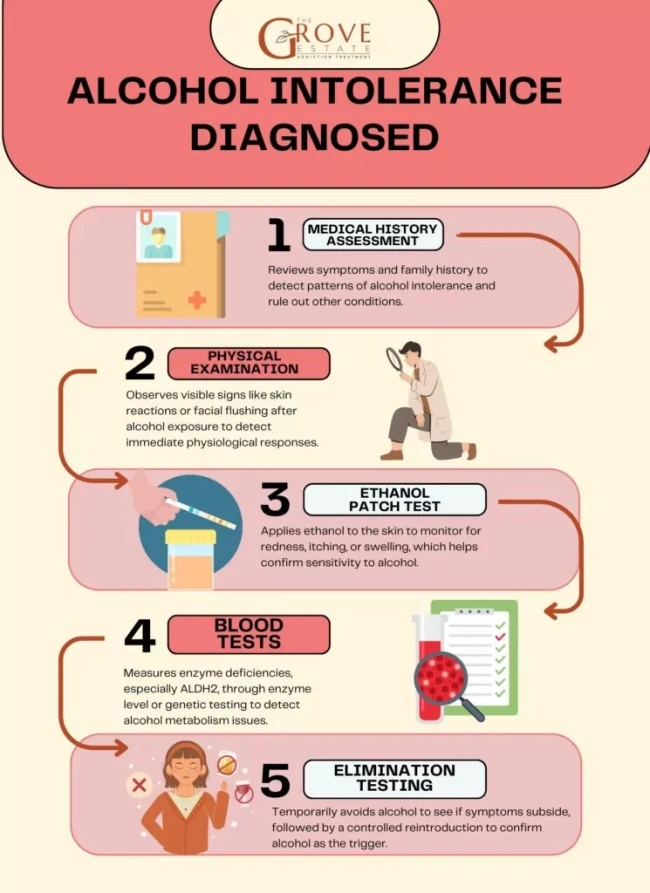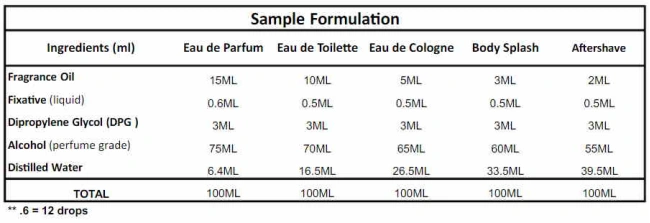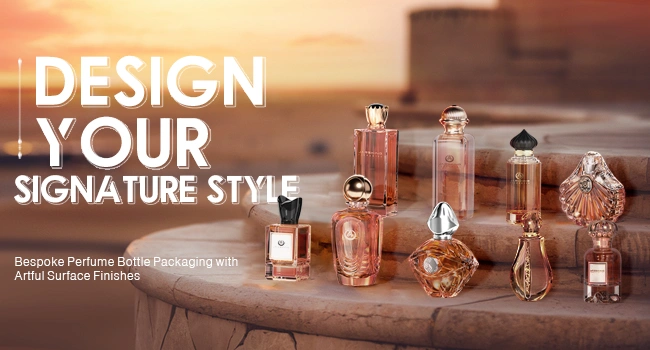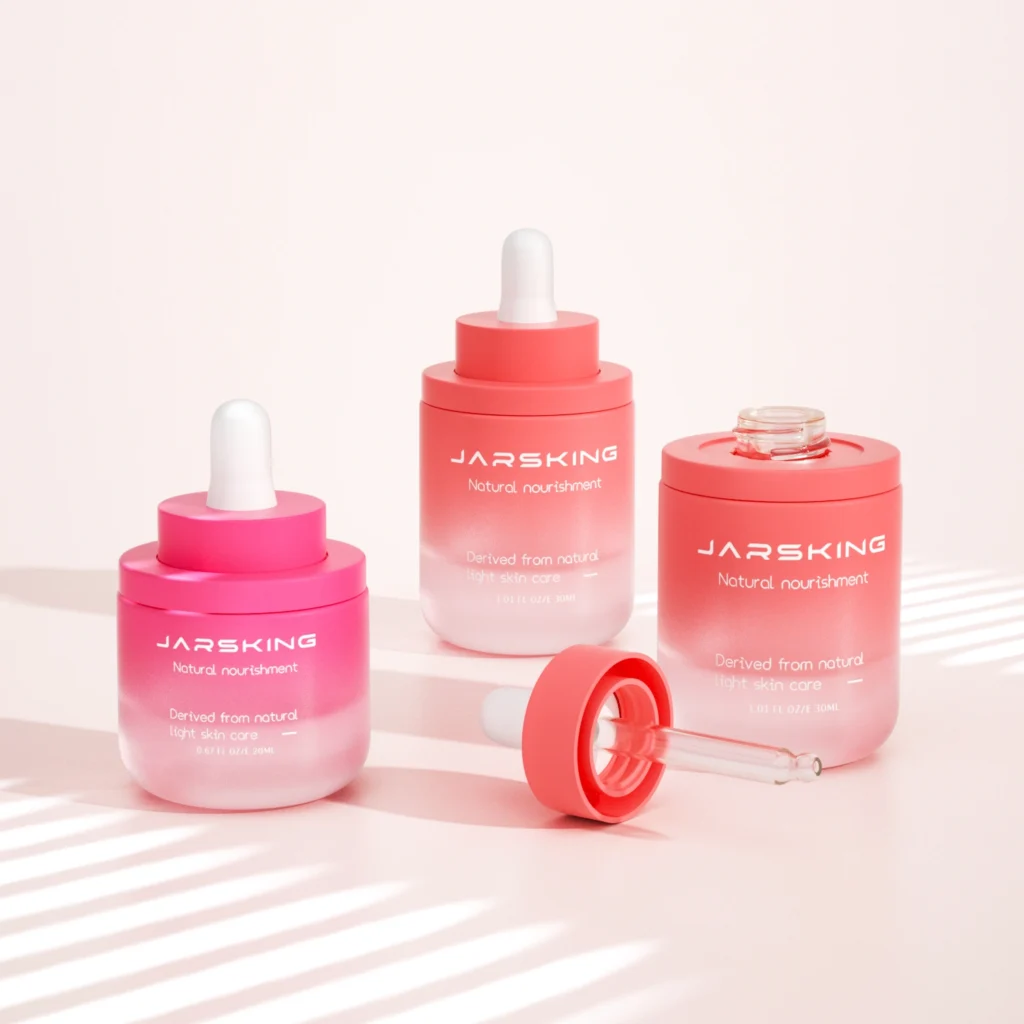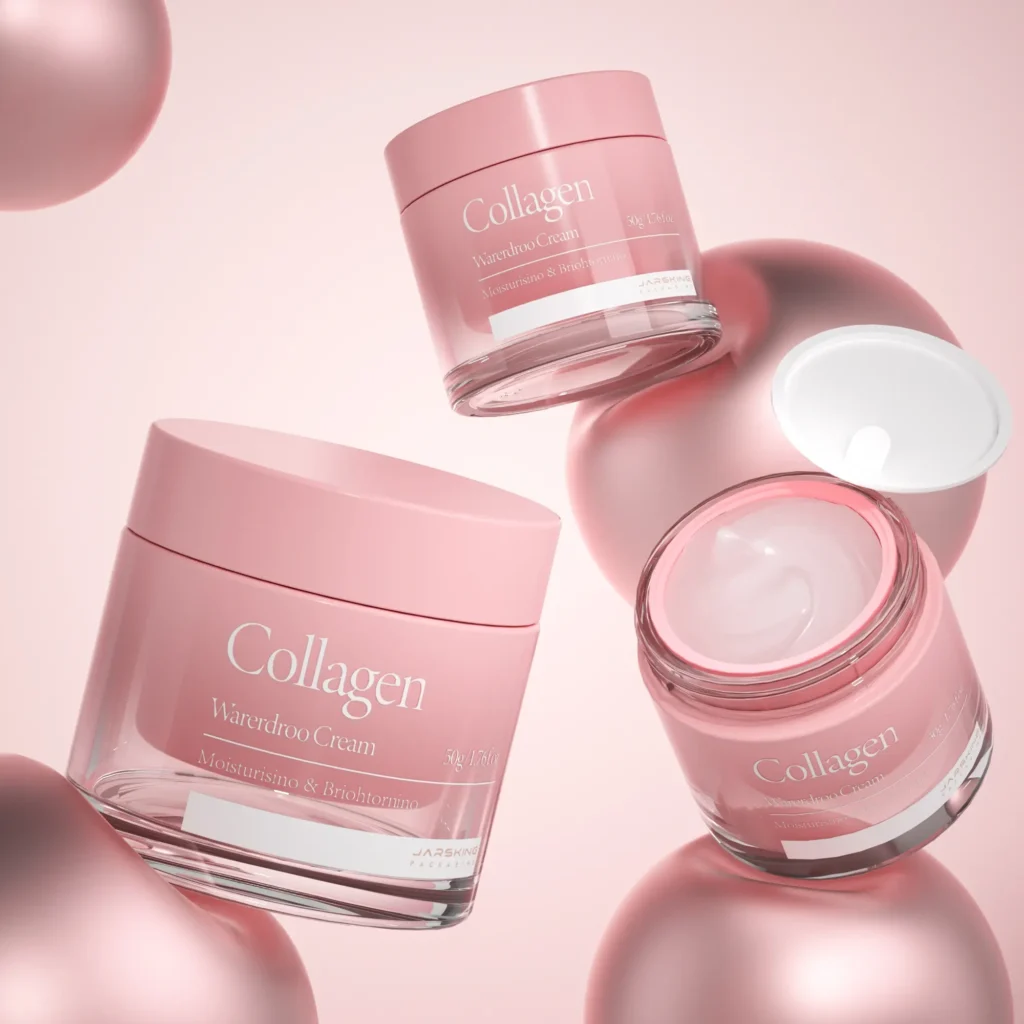Completely artificial scents represent the most creative frontier of synthetic fragrance chemistry, producing olfactory experiences that have no natural counterpart. These molecules open entirely new categories of fragrance that expand beyond what’s possible in nature.
Cashmeran creates a unique musky-woody scent with cashmere-like softness that doesn’t exist in nature. This molecule provides a distinctive cozy, enveloping quality that has become essential in many modern fragrances. It appears prominently in fragrances like Maison Margiela By the Fireplace and contributes to the signature comfort factor in many contemporary perfumes.
Helional produces a fresh, marine-ozonic scent that evokes the smell of ironed laundry or sea spray. This completely artificial molecule created the foundation for the entire “clean” fragrance category that emerged in the 1990s. It’s a key component in fragrances like The Body Shop White Musk and appears in many fabric softeners and laundry detergents.
Norlimbanol generates a unique sandalwood-like scent that’s smoother and more linear than natural sandalwood, without the complexity that some find challenging in natural sandalwood oil. This molecule allows perfumers to achieve sandalwood effects without relying on increasingly rare natural sandalwood sources.
Synthetic Aldehydes (particularly C-10, C-11, and C-12 aldehydes) create sparkling, soapy, or fatty effects that became iconic in classic perfumes like Chanel No. 5. These molecules produce olfactory sensations that don’t exist naturally but have become synonymous with luxury and elegance in perfumery.
Fantasy Fruit Scents represent another category of completely artificial fragrances. Molecules that create convincing apple, pear, strawberry, or tropical fruit effects don’t exist naturally in extractable forms, yet synthetic chemistry has made these scents staples in modern perfumery and personal care products.
Applications: Completely artificial scents are particularly important in creating signature brand scents that can’t be easily replicated by competitors. They’re essential in the development of fantasy and conceptual fragrances that tell specific stories or evoke particular moods. These molecules are also crucial in functional applications like air fresheners, where unique, memorable scents help with brand recognition and market differentiation.


















































